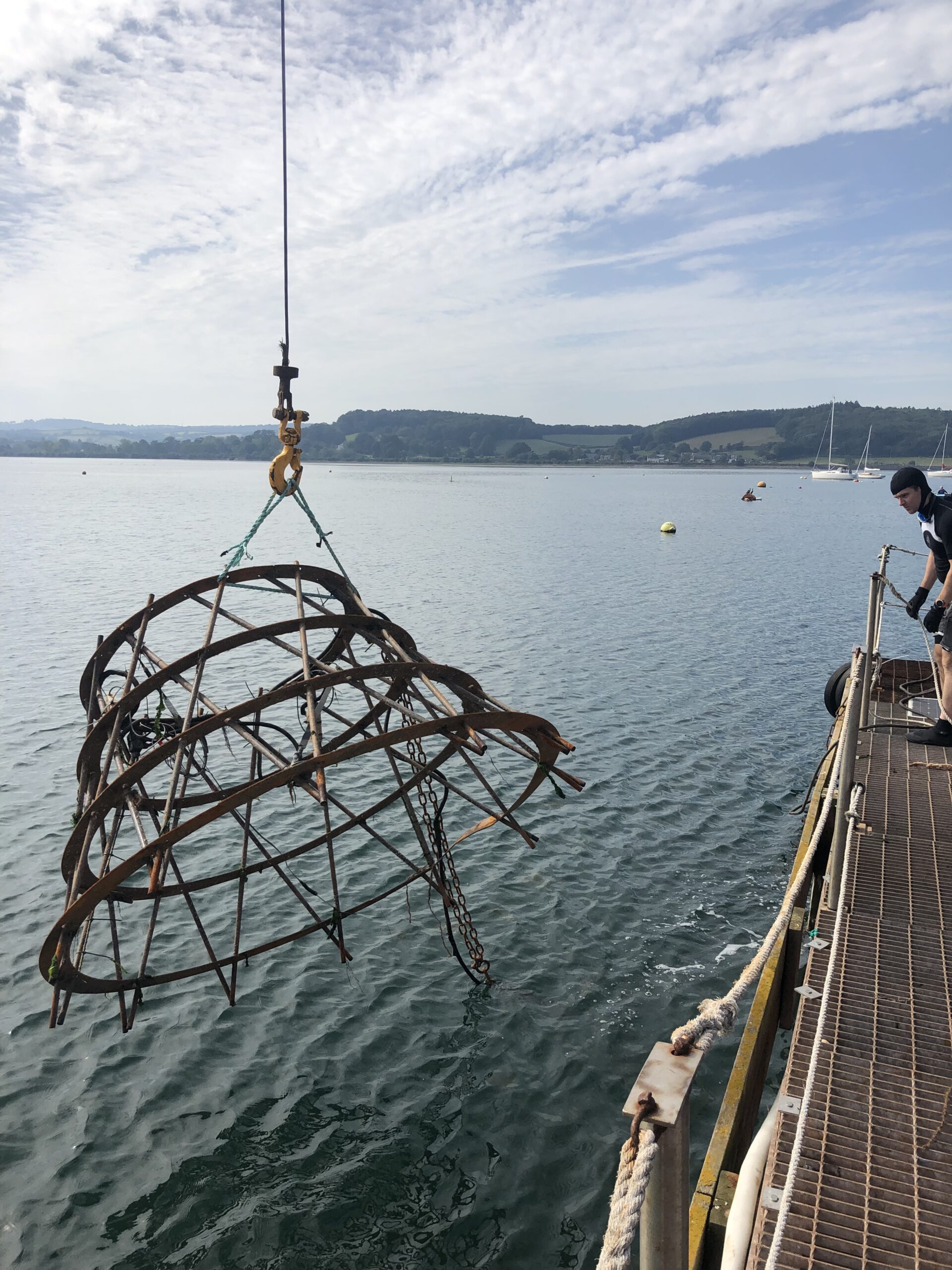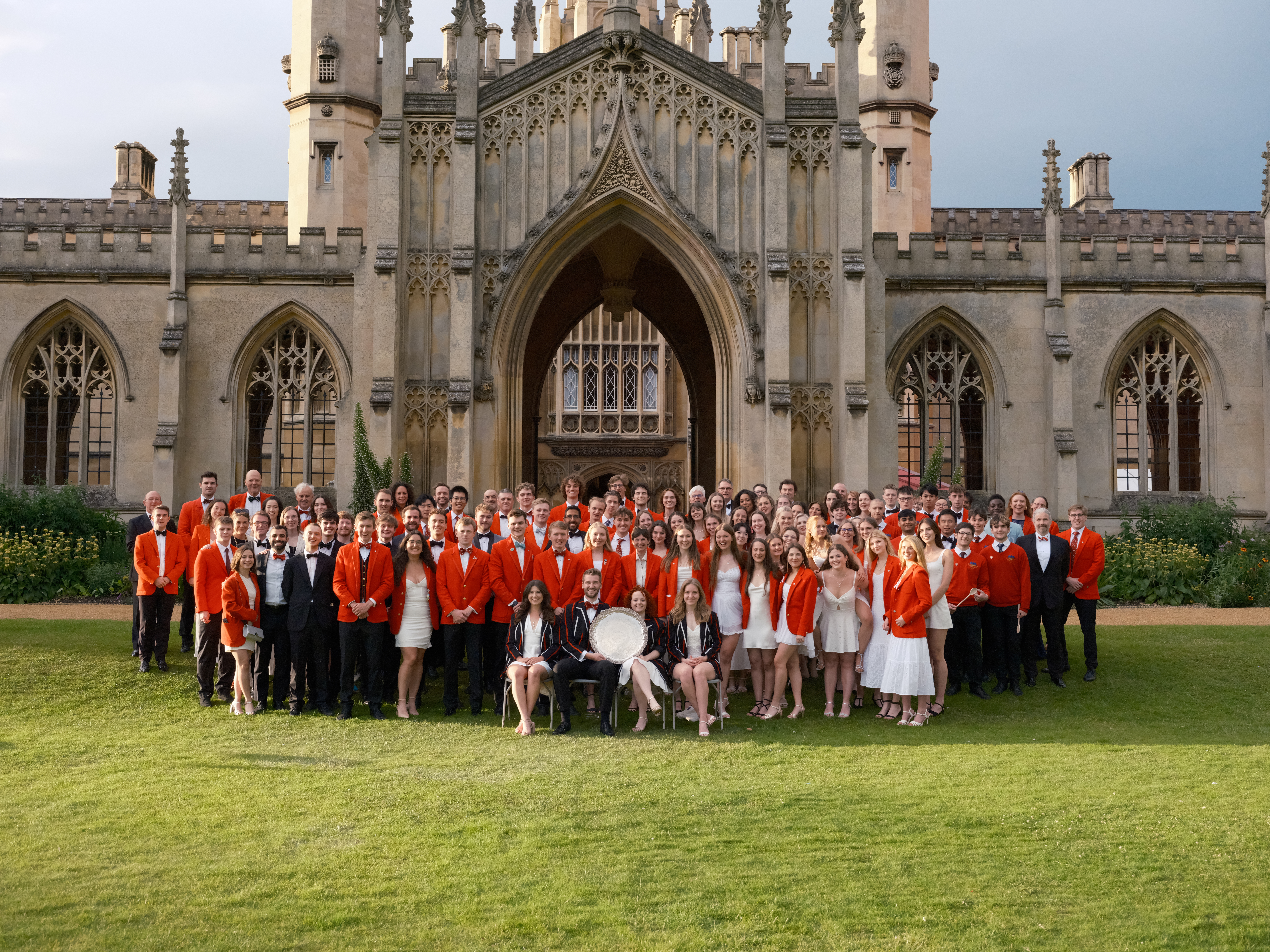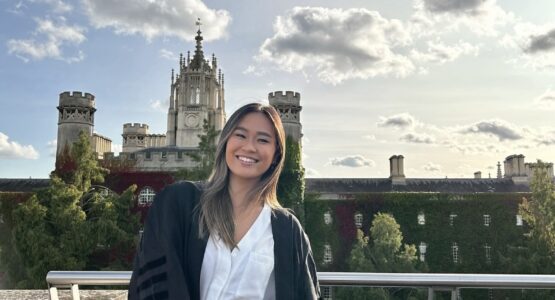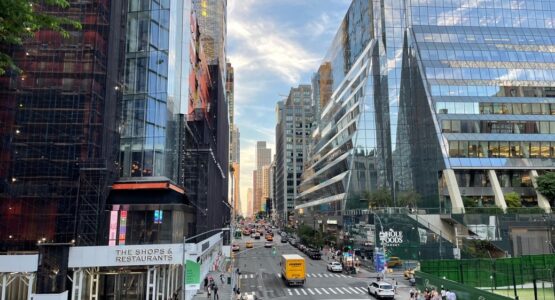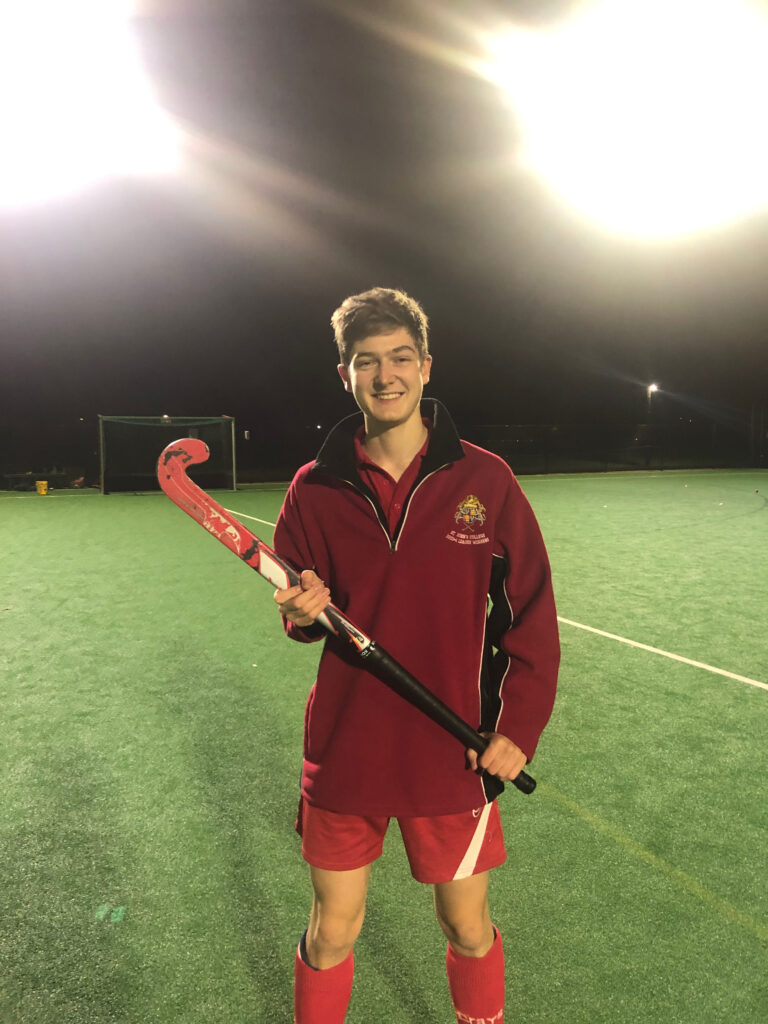
William Gibbens (2021, Engineering)
General Cambridge Bursary
For Engineers, industry experience is essential: Engineering is all about applying skills and knowledge to create new solutions. I’m now in my fourth and final year of the Cambridge Engineering Tripos, which requires all students to get industry experience before they graduate. In the summers following my second and third years, I secured a position at CCell Renewables, which is a small start-up focusing on alleviating coastal erosion. Their aim is to engineer a coastal protection system without the problems inherent in today’s designs. For example, sea walls have a high environmental impact and a short life span, but CCell’s solution is concrete-free and actually becomes stronger with time. This was exactly the sort of innovative technology I wanted to be involved in.
Thinking back, one of my key inspirations for choosing a career in engineering was understanding how apparently mundane objects around me interact. I particularly remember taking apart an old TV remote and discovering the infrared diode inside – the electronics were entirely contained within one simple circuit board and far less complicated than I had expected. Sometimes the simplest technology is the best.
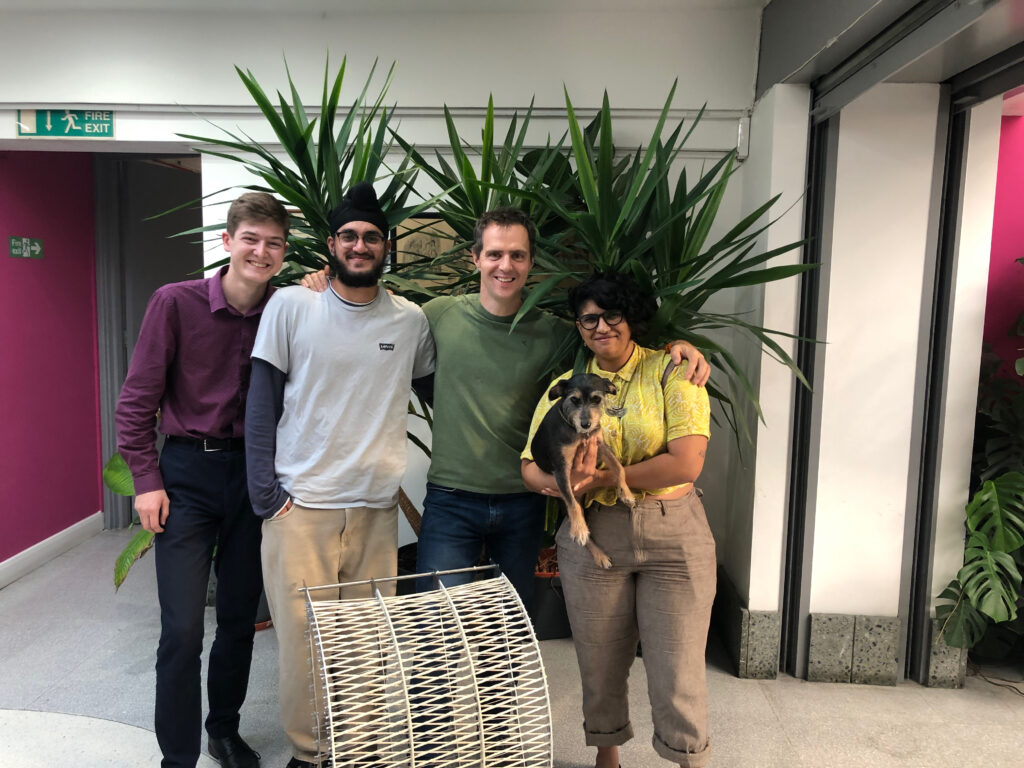
CCell’s idea is no different – let the ocean do the hard work for you. Their concept is to build a lightweight metal cage and run a small electric current through it. This causes a chemical reaction with sea water that generates rock growth on the surface and provides the perfect habitat for corals and other marine life. After only a couple of years, the eco-system develops into a self-supporting structure that is highly effective at dissipating wave energy and dramatically reduces the rate of coastal erosion. Working at CCell has vividly illustrated to me how engineering and ecology can interact to create a much more sustainable future.
My work at CCell was focused on the electronics of the reef, primarily redesigning the electronic printed circuit boards known as PCBs that are housed within the reef itself to control power supplied for electrolysis. PCB design was an area I had little prior experience in, but I enjoyed it a lot, progressed quickly and am now looking to pursue it further after graduation. My workflow involved finding components, understanding their datasheets, editing the schematics and creating mock-ups of circuitry on a breadboard. Any changes to the electronics also come hand-in-hand with updates to the software that operates them. In a larger company, a specialist programmer might have been employed to focus on this task, at CCell, this role also fell to me. This was a perfect demonstration of why the multidisciplinary nature of the Engineering Tripos at Cambridge is so effective.
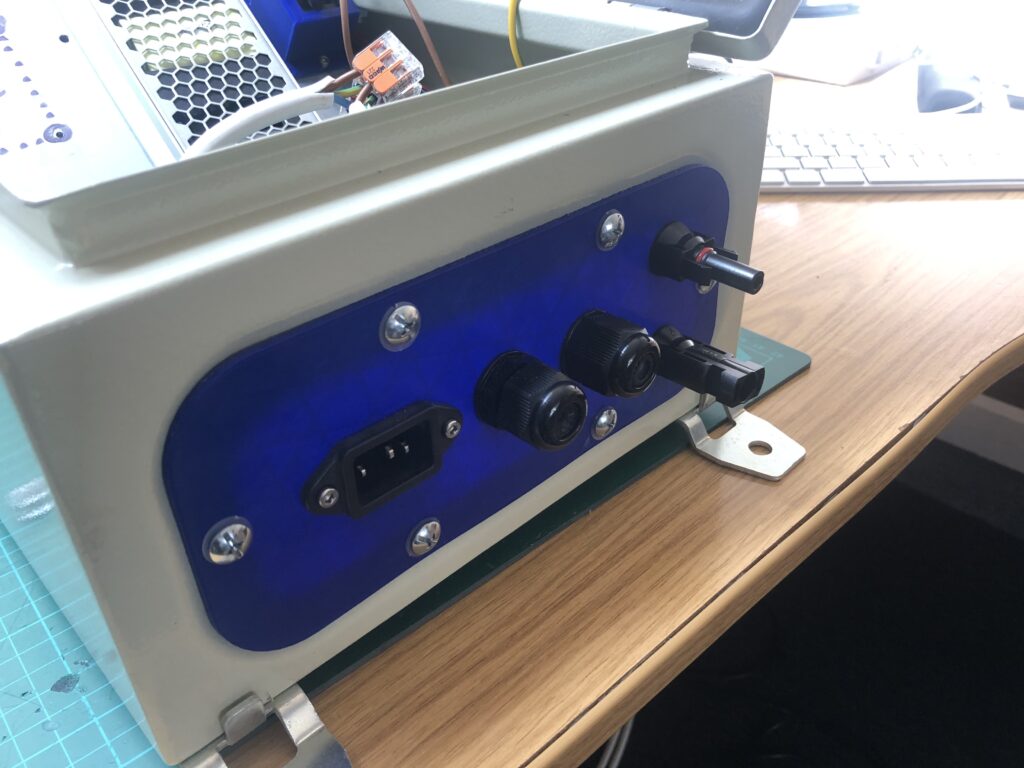
While at CCell I joined a trip to check in on the progress of one of our test reefs down in Exmouth. This, for me, was one of those ‘reality check’ moments where I could finally see the tangible form of what had, until then, been drawings on paper and lines on a screen. It was really rewarding to see the mussels and barnacles that had attached themselves to the metal frame – evidence that nature can be powerful if befriended.
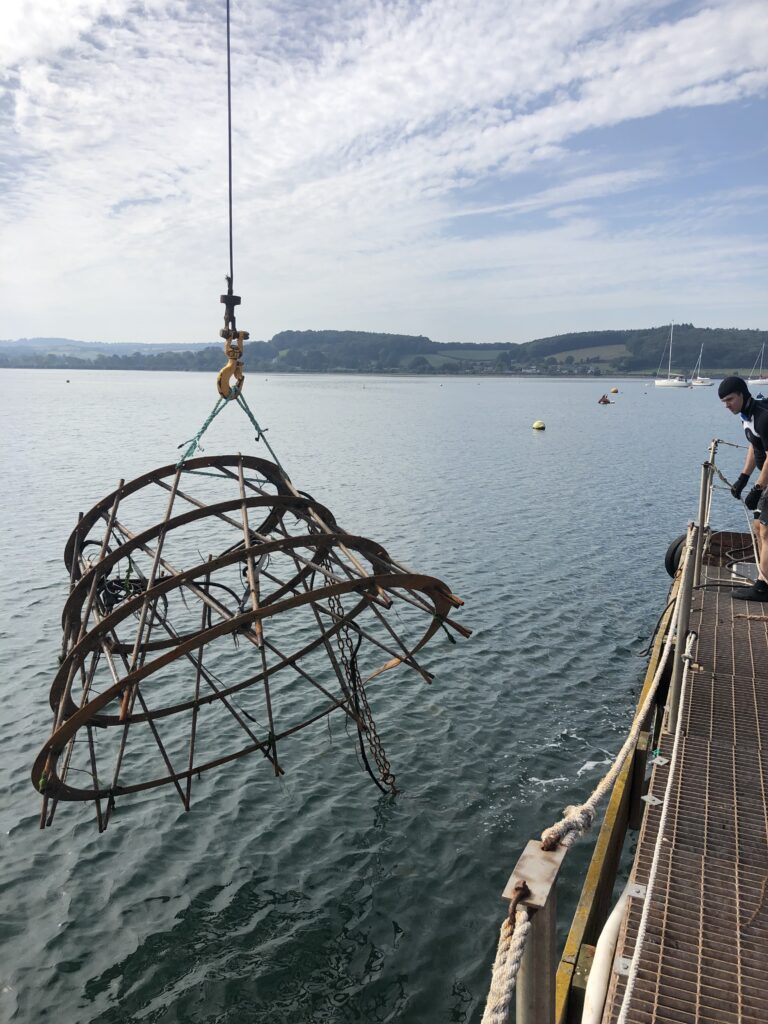
A highlight of my time at Cambridge has been joining the 3D printing society. It’s a great way to spend time doing the engineering that I love outside of the course without worrying about supervisions or exams, and 3D printing has grown into one of my biggest hobbies. I joined the society just as we were coming out of lockdown, when it was struggling with numbers, but it has sprung back and engages a lot with all the engineering cohorts. Last year I became President of the club and took a lead on a project designing custom components for Whippet Coaches’ new fleet of long-haul coaches. It has been really rewarding to see younger students learning how to use the equipment and enthusiasm for the technology growing.

Although it is given very little attention within the tripos, 3D printing has, in the last decade, become an essential skill that employers value, and CCell is no exception. During my first summer with them, I designed custom faceplates for their electronics enclosures, which turned out to be a neat way to hold each connector in place. During my second summer I made a mounting plate for the circuit board we had designed to facilitate more convenient desktop testing, which certainly ended up saving us a lot of time. These examples nicely summarise one of the key things I’ve learnt from CCell: it’s worth spending a little bit of extra time designing things thoroughly and keeping work tidy to save time and frustration later.
Aside from 3D printing and engineering, St John’s has been particularly welcoming when it comes to sport. I got involved in College hockey as soon as I joined the College in first year and have enjoyed the regular training and matches as a way to exercise and gain a group of friends. The St John’s College Hockey Club has gone from strength to strength, including topping the league tables every year, and it’s been really fun to be part of a successful and growing club. Last year I took up the role of club President, organising events, clothing, ordering new equipment and booking the pitches, and found it rewarding to get involved beyond simply turning up to matches. While at St John’s I’ve also been involved in the Punt Society and the LMBC. I felt that no student experience at Cambridge could be complete without both punting and rowing on the Cam, and they have both been a lot of fun.
I’ve been fortunate enough to be in receipt of the Cambridge Bursary, which has been invaluable for easing the financial pressures of student life at Cambridge. As a result, I’ve been able to throw myself headlong into the societies and experiences that have been such an invaluable part of life at Cambridge and fund the resources I’ve needed for my course .

